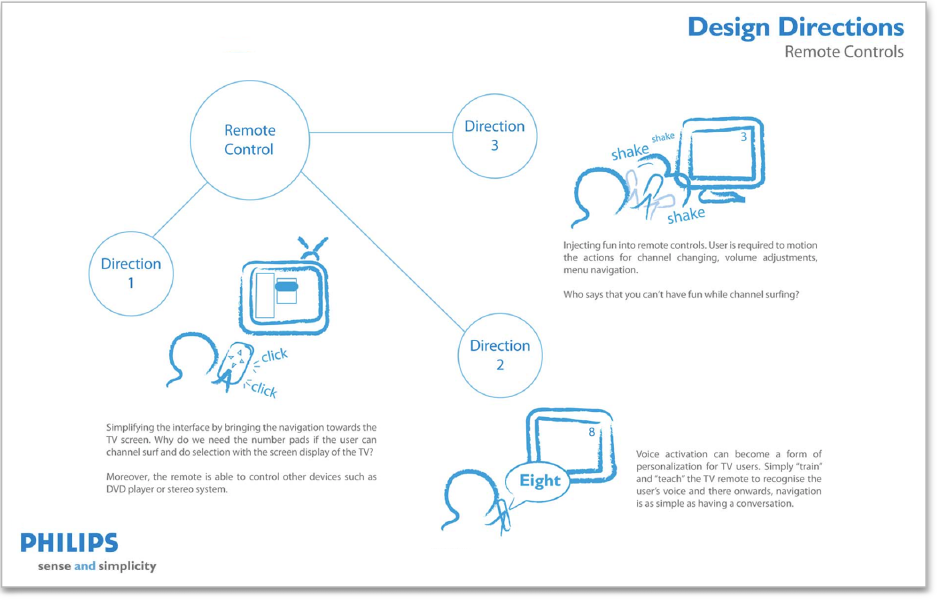
Through desk research, I created a matrix landscape to group the various types of controllers and to identify emerging themes. I also conducted a field research to get first-hand experience with the latest models of controllers on the market, as well as to understand their functions and features.


